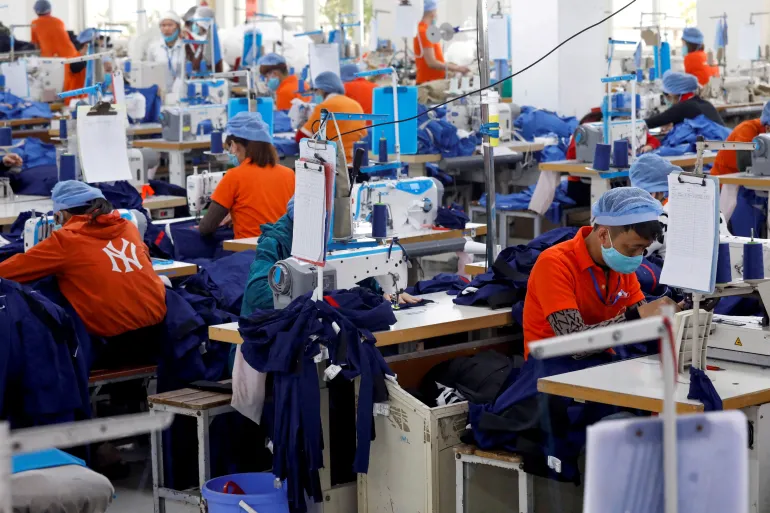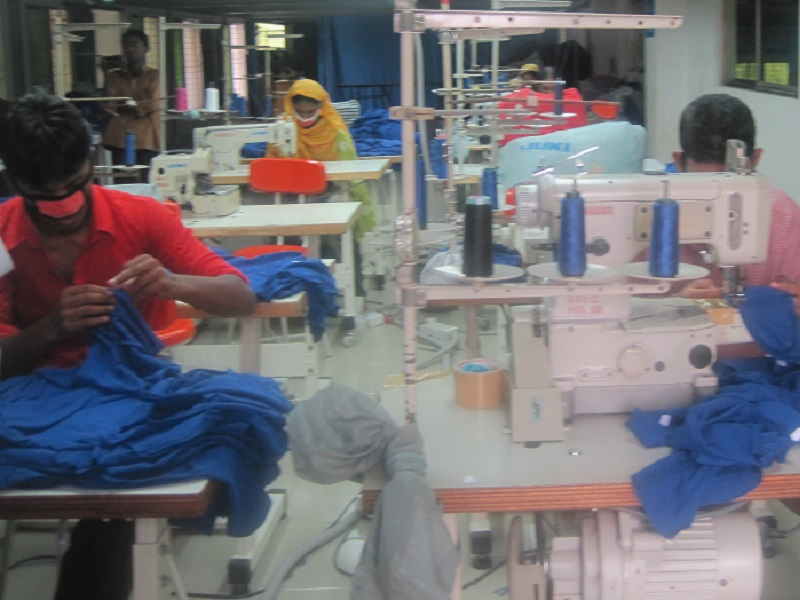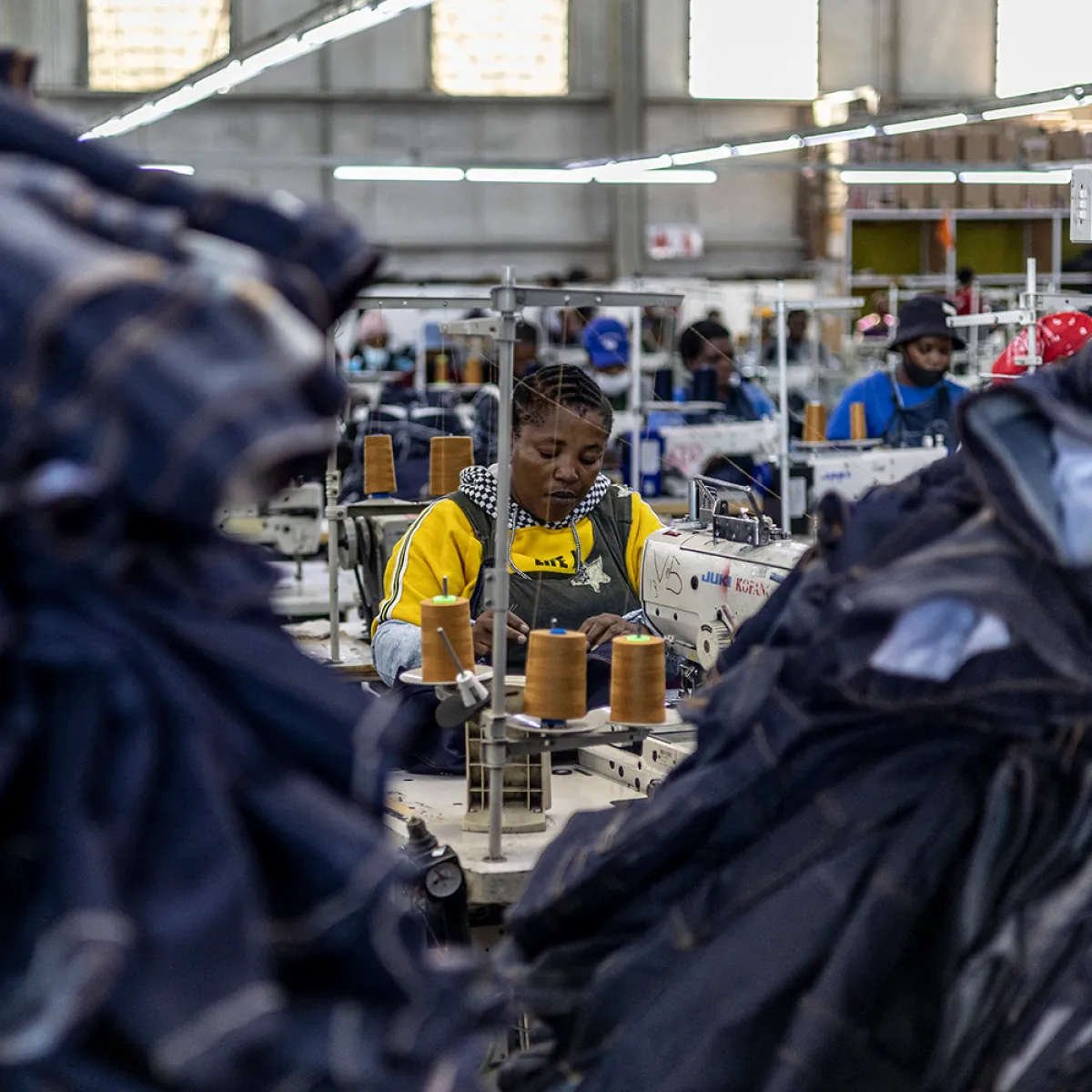Summary:
In 2025 the global apparel manufacturing sector is feeling the pinch: according to industry data, industry-wide revenue is projected at about US $715.2 billion, reflecting a CAGR decline of –1.7% over the past five years.
For many garment factories this means dwindling order volumes, swollen inventory, rising pressure on margins, and the urgent need to rethink business models.

Summary:
● Shrinking demand: Brands are ordering less as consumers tighten budgets and shift preferences.
● Rising costs: Labour, raw materials and logistics costs continue to climb, squeezing factory margins.
● Overcapacity: Factories designed for earlier volume levels find themselves under-utilised, which raises fixed cost burden per unit.
● Pressure on workforce: With fewer orders, factories must juggle layoffs, reduced hours, or wage pressures, which in turn raises morale and quality risks.

Why this matters for you (as a factory designer):
You are at the interface of design and production — factories are now forced to innovate: faster turn-around, more flexible production lines, even on-demand manufacturing rather than traditional mass runs.
If design specs demand long change-overs and fixed setups, your factory may become a cost-centre instead of a competitive asset.

Outlook & advice:
● Factories that pivot to smaller runs or custom/ niche orders may survive better.
● Embrace digital tools to shorten lead times and reduce variation.
● Work closely with brands on design‐for‐manufacture, so changeovers are minimised.
● Track and reduce your idle capacity and unused set-ups.
Reference link: Patterns of U.S. apparel sourcing & imports (Apr 2025)
Post time: Oct-29-2025
